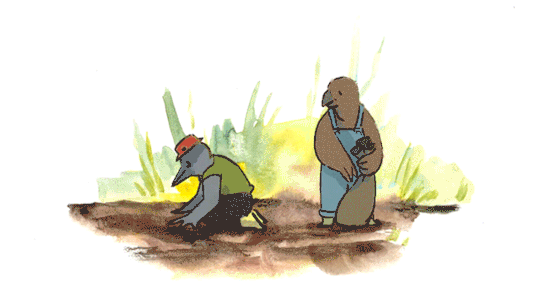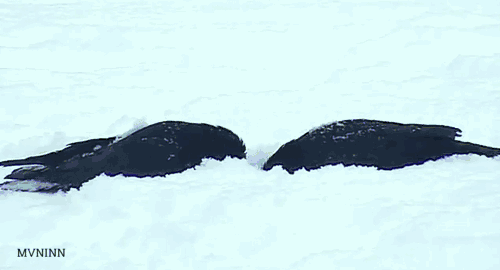Text
I think if Saharan silver ants had humansonas they would look like this:
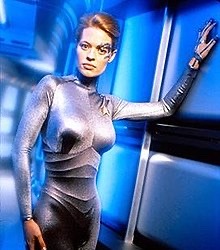
15K notes
·
View notes
Text
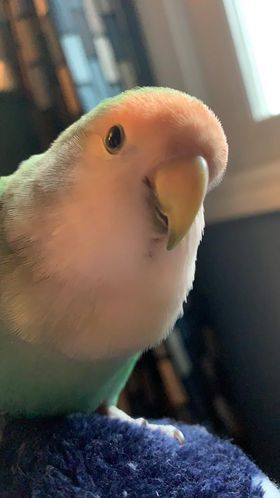
My Mango. What an adorable, screechy, horny little bastard.
Hello everyone
I need to brush up my photo retouching skills. Reblog this with a picture of your pet and I will retouch it for you. This is not a scheme to get people to show me their pets, not at all
78 notes
·
View notes
Photo
New laptop background...


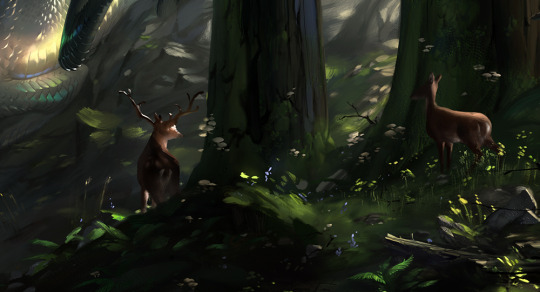


I forgot to create detail shots for this picture (and there are plenty of small details, an 1280 px wide picture does not do them justice). So a bit late but here they are~
7K notes
·
View notes
Text
Persephone!
made a quiz, tell me what greek deity favours you!!
https://uquiz.com/N17OGW
71K notes
·
View notes
Photo
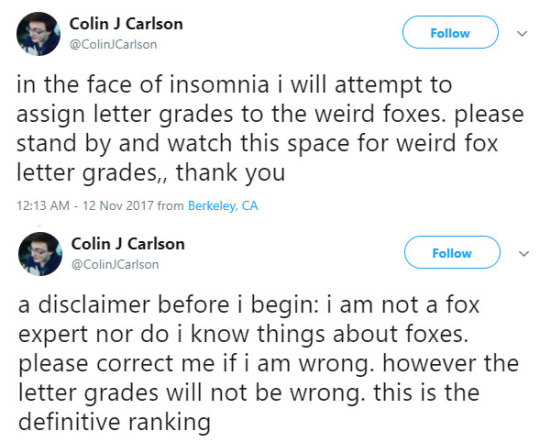






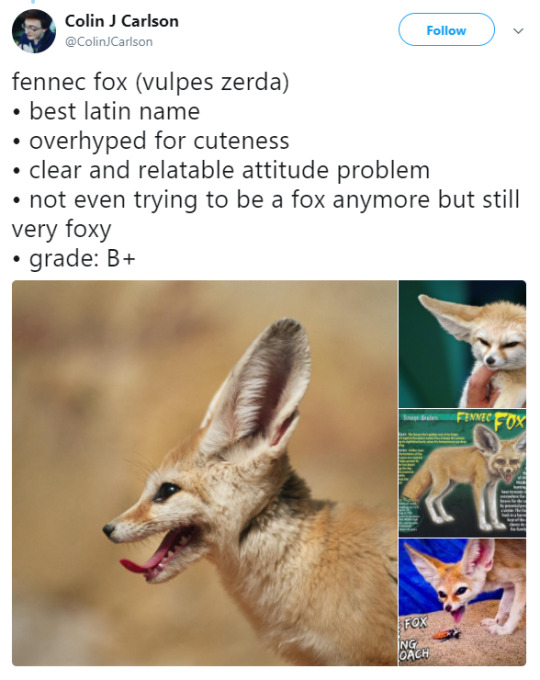
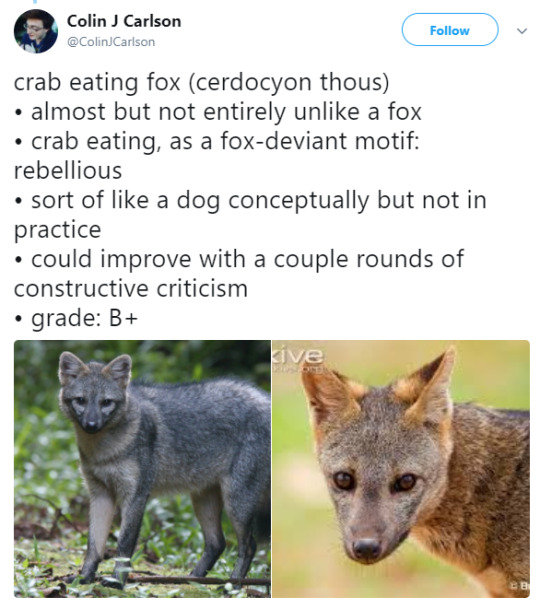
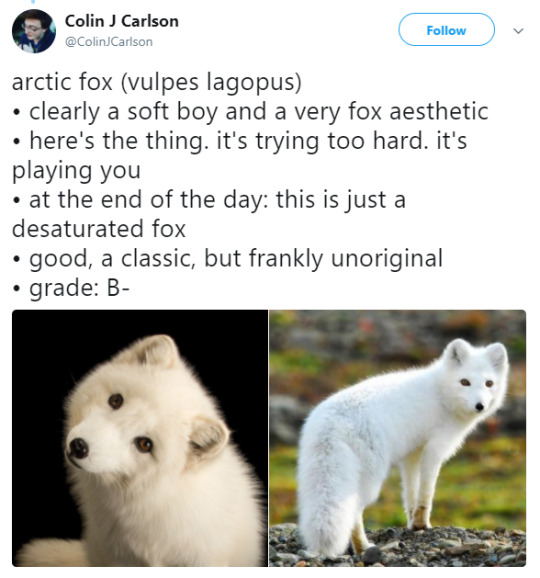


i just feel like you guys should see this thread about foxes
147K notes
·
View notes
Text
Crabs amaze me. They’re the perfect life form, a tank made of legs and living hate-armor. It’s not just about their physicality, though; it’s the soul of the crab. See, no crab in the bottomless history of the sea has ever questioned itself, doubted itself, worried, or been afraid. A crab is pure motion. A crab is pure id and unrelenting forward force. Crabs invented the word violence and they will scuttle on the surface of the world while the red giant of Sol creeps closer to devour everywhere we’ve ever known. They will look into the sky and clack their claws and there will be no fear.
58K notes
·
View notes
Text
I dont remember liking this but i stand by it
I used to have geese so here’s a tip for everyone:
If a goose is attacking you, don’t run. No matter what, stand your ground. They can fly but when they’re mad, they don’t usually try to fly. Hold your hands in front of you, ready to grasp. When the goose gets close, grab it by the neck bit closest to the head and squeeze. Not tight enough to choke the goose, but tight enough so they can’t break free. You can hold them until they calm down or just do the next step right away. The next step is literally just to chuck them as far as possible and run for your life. It makes the goose know you’re in charge and you have a better chance of getting away. Trust me I’ve done this so many times that I’ve lost count
307K notes
·
View notes
Photo




I strongly urge all of you to sign this petition demanding justice for George Floyd. It is our duty as citizens of this country to not only raise awareness in any means possible, but take action against positions of power shrouded in institutionalized racism. Join me in demanding justice from Attorney Michael Freeman–the four officers involved in Floyd’s death can not walk free.
You can find the super petition here. When you sign you can further instructions on actions you can take towards justice.
22K notes
·
View notes
Text
youtube
I was today years old when I learned that starlings can talk extremely well.

9K notes
·
View notes
Text
i don’t have a brain actually. my head is just filled with lots and lots of dried flowers
85K notes
·
View notes
Photo

sketch of my favorite wolf boi for a gloomy morning
23 notes
·
View notes
Photo

must’ve eaten something bad.
3 notes
·
View notes
Text
52K notes
·
View notes
Text
Social Insects in Science Fiction
Hello, my name is Poetry, and I love social insects. Whether they’re ants, bees, termites, wasps, aphids, thrips, or ambrosia beetles, I find them fascinating to learn about. But if the sci-fi books I read as a kid had had their way, I should have run screaming from every ant colony I saw.
From the buggers in Ender’s Game to the Borg in Star Trek to the Vord in Codex Alera to ants and termites themselves from a morph’s-eye view in Animorphs, social insects, and the aliens or artificial intelligences that closely resemble them, are portrayed as “hive minds” with an emotional tone of existential terror. And I’m here to tell you that these portrayals are totally unfair.
What they get right
Here are some features that most portrayals of social insects and their analogues in sci-fi get right. Yes, social insect colonies have queens that are primarily responsible for reproduction. Yes, social insects have very different sensory modalities from ours. We primarily use sight and sound to communicate and navigate the world, while social insects use taste and smell and vibration. Yes, social insects have specialized division of labor to particular tasks, and yes, they are willing to sacrifice themselves in droves to protect the colony. And sometimes, they will enslave social insects from other colonies or even species to serve their own ends (x).
Thus ends what sci-fi portrayals get right.
What they get wrong: Queens
Almost universally in sci-fi, when you kill the queen, the hive disintegrates into chaos. You’ve cut off the head! The central intelligence of the hive is gone! They’re just mindless borg-units with no idea what to do!
Indeed, in some social insects, such as leafcutter ants, if you kill the queen, the whole colony will die – but probably not for the reasons you think. However, it’s more common for social insects to be able to carry on just fine regardless. In most ants and bees, there are “backup” queens that are reared up by the workers in case the current queen should die. And in many social insects, a worker can step up and become a queen in her place. (Hilariously, a worker ant that steps up to reproduce in place of a queen ant is called a gamergate.)
But here is the most important problem with the sci-fi trope of killing the queen to kill the hive. The queen is not the brain of the hive. She is the ovary.
If you think of a social insect colony as a superorganism, which it’s useful to do in many cases, different groups of insects within the colony act like organs. One caste protects the colony from invaders, which is like an immune system. One caste scouts for new places to forage, which is like a sensory system. Generally, science fiction has a good grip on this idea. Where sci-fi authors fail is that they think the queen is the brain of this superorganism. She is not. She is the reproductive system. The queen does not control what happens in the hive any more than your reproductive system controls what happens in your body. (Which is to say, she has some influence, but she is not the brains of the operation.)
The reason why leafcutter ant colonies die when the queen dies is because the colony has been castrated, not beheaded. Most animals die when they are no longer able to reproduce, even if their brains are still perfectly functional. For castrated colonies with no backup queen or gamergate and no hope of getting one, there is no point in carrying on. Their evolutionary line has ended.
What they get wrong: Swarm intelligence
Here is how social insect hive minds work in science fiction: the queen does the thinking, and the rest of the hive goes along with whatever she thinks.
Now, I’ve already told you that the queen is not the brain of the hive. So where is the brain? Well, that is exactly the point of swarm intelligence. The brain does not reside in one particular animal. It’s an emergent property of many animals working together. A colony is not like your body, where your brain sends an impulse to your mouth telling it to move, and it moves. It’s more like when two big groups of people are walking toward each other, and they spontaneously organize themselves into lanes so no one has a collision (x). There’s no leader telling them to do that, but they do it anyway.
Much of the efficiency of social insect colonies comes from very simple behavioral rules (x). Hymenopterans, the group of insects that includes ants, bees, and wasps, have a behavioral rule: work on a task until it is completed, and when it is done, switch to a different task. If you force solitary bees (yes, most bee species are solitary) to live together, they will automatically arrange themselves into castes, because when one bee sees another bee doing a task like building the nest, its behavioral rule tells it that the task is completed and it needs to switch to a different task, like looking for food.
Individually, a social insect isn’t all that smart, whether it’s a queen, worker, soldier, or drone. But collectively, social insects can do incredibly smart things, like find the most efficient route from the colony to some food (x), or choose the perfect spot to build their hive (x).
What they get wrong: Individuality
The existential terror of the hive mind in science fiction comes from the loss of the self. The idea is that in a social insect colony, there is no individual, but one whole, united to one purpose. No dissent, disagreement, or conflicting interests occur, just total lockstep. I totally get why that’s scary.
The thing is, it’s just not true of real social insects. There is conflict within colonies all the time, up to and including civil war.
A common source of conflict within colonies is worker reproduction. Yes, in most social insects, workers can in fact reproduce, though usually they can only produce males. So why don’t they? Because it’s not in the interest of their fellow workers. Workers are more closely related to their siblings and half-siblings produced by the queen than they are to their nephews, so they pass on more of their genes if they spend resources on raising the queen’s eggs. So, if a worker catches its fellow laying an egg, it will eat the egg. Not exactly “all for one and one for all,” is it?
Worker insects may also fight in wars of succession. If there is more than one queen in a species where queens do not tolerate each other (yes, there are species where multiple queens get along together just fine), such as monogynous fire ants, the workers will ally themselves with one queen or another and engage in very deadly civil war.
Finally, in some species, the queen needs to bully the workers into doing their jobs, and the dominant workers need to bully subordinate workers into doing their jobs (x). Yes, sometimes workers try to laze around and mooch.
Surprisingly human
Here’s what I find weird about depictions of social insects in science fiction. They are portrayed as utterly alien, Other, and horrifying. Yet humans and social insects are very, very similar. The famous sociobiologists E.O. Wilson and Bernard Crespi have both described humans as chimpanzees that took on the lifestyle of ants.
I think what fascinates people, including me, about ants, bees, and their ilk is that you watch, say, a hundred ants working together to tear up a leaf into tiny bits and carry it back to their colony, or a hundred bees all appearing out of seemingly nowhere to sacrifice themselves en masse to stop a bear from eating their hive, and it looks like magic. It really does look like some kind of overmind is controlling their collective actions.
But imagine you’re an alien who comes to Earth, and you know nothing about humans or the way we communicate. Wouldn’t we look exactly the same to them as ants and bees look to us? Wouldn’t they look at us sacrificing our lives by the thousands in wars, or working together to build cities from nothing, and think, Wow, how do they coordinate themselves in such huge numbers, why do they give up their lives to defend their borderlines, I guess there must be some kind of mega-brain they all share that tells them what to do, and they just march in lockstep and do it.
If there’s anything I’ve learned from the study of both social insects and humans, it’s that any system that looks monolithic and simple from a distance is in fact fractured, messy, and complicated when you look at it up close.
Social insects aren’t scary mindless robot-aliens. They’re a lot like you and me. As much as I was terrified as a kid by the Animorphs book where an ant morphs into Cassie and screams in pure existential horror at its sudden individuality, I actually think an ant would adjust very easily to being a human, and that a human would adjust very easily to being an ant – much more easily, in fact, than humans adjusted to morphing, say, sharks, in the very same book series.
13K notes
·
View notes
Text
you ever have a piece of bread that’s so good you understand the plot of les miserables?
168K notes
·
View notes
